
I don’t know about you, but when I started playing the guitar, that was my philosophy on swapping out my strings.
But once I started getting more serious about the guitar, I began changing my strings as soon as they showed signs of getting old.
How do I know when my guitar strings need changing?
Over the years, I learned to recognize when they no longer sound and feel right.
But even if you can’t tell by the way they sound or feel, there are other indications that your strings need to be changed. Let’s look at some of those, along with some guidelines for how often the guitar strings need to be replaced.
Table of Contents
How To Know When Guitar Strings Need Changing
If you care about the sound of your guitar, you need to know when the strings need changing. And while the answer varies from one guitarist to another (some players prefer the sound of older strings), there are general guidelines to follow that will work for most people.
So without further ado, here are some of the key signs that it is time to restring your guitar.
Strings Are Getting Rusty Or Discolored
It’s not always rust that discolors a guitar string. Rust is a very specific term that refers to the corrosion of iron-containing materials or of iron itself.
But, whether it is actual rust or just tarnish, if the guitar strings seem rusty, corroded, or otherwise discolored, it may only be a matter of time before it breaks.
While any type of metal string will corrode in come way, the general wear and tear from constant playing and the mixture of sweat, dirt, oil, and grime also contribute to string discoloration and can help to speed up corrosion as well.
Even if your instrument is hanging on your wall most of the time, or tucked away in a case, the strings will still fade eventually due to temperature changes, humidity, and lack of use.
So, if you see signs of corrosion or discoloration, examine the strings more closely to assess their condition and consider changing them. You might also want to learn how to prevent guitar strings from rusting, to help extend their life a bit in the future.
The Guitar Strings Sound Lackluster
Have you ever tried to play an old guitar, that hasn’t been used for a long time? You may have even checked if the strings were in tune and were happy to find they were. But when you started plucking and strumming your way through a song intro, you were surprised to hear that it sounded dull and lackluster.
I have. And while I do not have a perfect pitch, I could tell right away that it sounded terrible. And so could anyone else with a half-decent ear.
Old guitar strings oxidize over time, due to exposure to moisture in the air. There is nothing you can do about this, except put on a set of new strings. The sound will instantly be brighter, livelier, and pleasing to the ears. the strings will also feel much smoother beneath your fingers when playing.
One thing that does not indicate a need to swap strings is a buzzing or humming sound. This can be due to a number of reasons, like fret buzz or a grounding loop. Our article “How to properly ground a guitar” will help you figure out if a ground loop is the issue.
The Strings Have Been Played For 300 Hours Or More
Like strings on other string instruments, guitar strings have a limited life span. Due to constant exposure to the air and the build-up of dead skin, dirt, and oils from the fingers, they wear out.
Of course, the average lifespan of strings varies depending on the type and brand of strings, and factors like as humidity, dirt, sweat, etc. But extended use of any type of string, no matter the quality, is always a good sign that it is time for a change.
You Are Advancing To The Next Level
As mentioned, there are different types of strings available. Your skill level and your preference for the sound quality a set of strings produces will affect which type and brand you prefer. Budget can also play a major role in choosing a set of strings.
Most of us start out with the cheapest strings you can find. But as your skill increases, you will probably want to upgrade to higher quality strings, to bring out the best in your playing.
Guitar strings are designed to elicit the best tones a guitar can make. It only makes sense to replacing your cheaper guitar strings once you get better at playing, to suit your elevated playing status.
Your Hands Sweat A Lot
As mentioned a few times, strings are sensitive to the oils our sweat glands produce, as well as dirt and other compounds. If you tend to sweat a lot, or spend hours a day playing, or play in smoky venues, I recommend changing the strings more often.
What To Look For When Getting New Strings
Whether you use a nylon-strung classical guitar, a steel-string acoustic, or an electric guitar, you will find a huge assortment of strings on the market, for guitarists of every level. Here’s a quick list of what to look for when getting new strings for your guitar. We also have a article comparing Ernie Ball vs D’Addario strings: two of the top brands.
The String Type
The first factor to consider when selecting a guitar string is the string type. Usually, when you walk in a music store and say you need guitar strings, the first question you’ll get is “nylon or steel?”
In most cases, these two kinds of strings are not interchangeable. Putting nylon strings on a guitar built for playing with steel strings can seriously damage the bridge, the frets, or the saddle.
Before splurging on guitar strings, make sure you what type your guitar needs. For example, a Fender Stratocaster sounds best with certain strings.
String Gauge
Manufacturers use different terms to describe the gauge of their strings, so what one might call light, another might call medium. This makes it difficult to compare gauges among different brands.
That is why you should use the string diameter instead. Because each string in a set obviously has a different diameter, it has become commonplace to refer to a set by the diameter of the E string. So if you have a set of strings with that measure .011/.015/.018/.026/.036/.050 from the E string, this would simply be called an “11”.
For beginners, we always recommend lighter gauges. They are easier to play if you don’t yet have the hand strength or callouses of a more advanced player. If you play metal guitar and like to play in drop D tuning, or tune even lower to drop C, heavier gauge strings would be better.
On a classical guitar, gauges are not that important. Instead, you need to pay attention to the string tension.
String Tension Designations
If you are looking to replace your classical guitar strings, it is also important to check the string tension designations. In general, they are categorized into three main groups: low tension strings (otherwise termed as moderate or light tension), normal tension ( sometimes referred to as medium tension), and high tension strings (also called hard or strong tension).
Unfortunately, there is no specific standard, or general, clear cut rule for these designations. You’ll probably need to experiment with the different tensions to find out what works for you and your guitar. Complicating matters further, some string sets do not come in all tension designations, so a mix and match among different string brands might be necessary.
String Materials
Besides string types, it is essential to know what kind of materials the strings are made of. We will cover them in much more detail in future articles, but these are the most common materials that manufacturers use to make strings.
For Electric Guitars
- Nickel-plated steel (most popular)
- Pure nickel
- Stainless steel
For Acoustic Guitars
- 80/20 bronze (most popular)
- Phosphor bronze
- Silk and steel
For Classical Guitars
- Nylon (most popular)
- Gut
- Silver-plated copper
- 80/20 bronze
What You Can Do To Make Strings Last Longer
Here’s what you can do to make your guitar strings last longer, so you don’t have to change them as often.
Always Wash Your Hands Before Playing
We already mentioned how dirt, oil, and sweat from your hands harm guitar strings. It should come as no surprise that washing your hands before you play your instrument can help extend the life of the strings.
Wipe The Strings After Playing
Even if you clean your hands regularly before picking up your instrument, they will still get oily or sweaty, especially when you play for long periods. To minimize the amount of filth that gets stuck to the strings, wipe them down from top to bottom using a clean rag or other cleaning cloth after every time you finish playing.
Use A Guitar String Cleaner
Wiping your strings regularly helps, but eventually dirt and oil will still accumulate on the strings. From experience, I recommend Wonder Wipes, because they can also smoothen the fretboard.
Whatever brand you choose, just be careful, because not all string cleaners are safe for fretboard use.
String cleaners are noticeably more effective than a simple wipe down, when cleaning guitar strings with stubborn dirt and grime. For that reason, you do not have to use a string cleaner every after guitar use. You can make a habit of using the string cleaner at least once a week or so, depending on how frequently you play.
What Happens If You Don’t Change Guitar Strings?
In addition to obvious changes in tone, old strings negatively affect your playing habits. You might think “I have been playing on the same guitar strings for more than a year, and they sound just fine,” or “my guitar strings have been on the guitar for two to three years now, and they haven’t negatively affected my playing”.
Either of these may seem to be the case, but odds are, there are changes happening little by little. The slow deterioration of the strings’ quality and the difference in sound may be unnoticeable, because the ears slowly adapt to the subtle differences.
But it’s there and in the long run, your technique may also suffer as you unconsciously adjust your playing to compensate for a duller, lackluster, or less projecting sound.
How to Know When To Change Guitar Strings: Conclusion
You know it is time to change your strings, when they no longer sound good, or when they feel different when playing. Of course, the changes are gradual, so you may not even notice them. That is where visual cues can help.
If you notice that your strings are visibly discolored, you should probably change them. And even if you do not notice any changes whatsoever, you should change them after about 300 hours of use at the latest. By that time, they almost certainly no longer sound good or play the way they should.
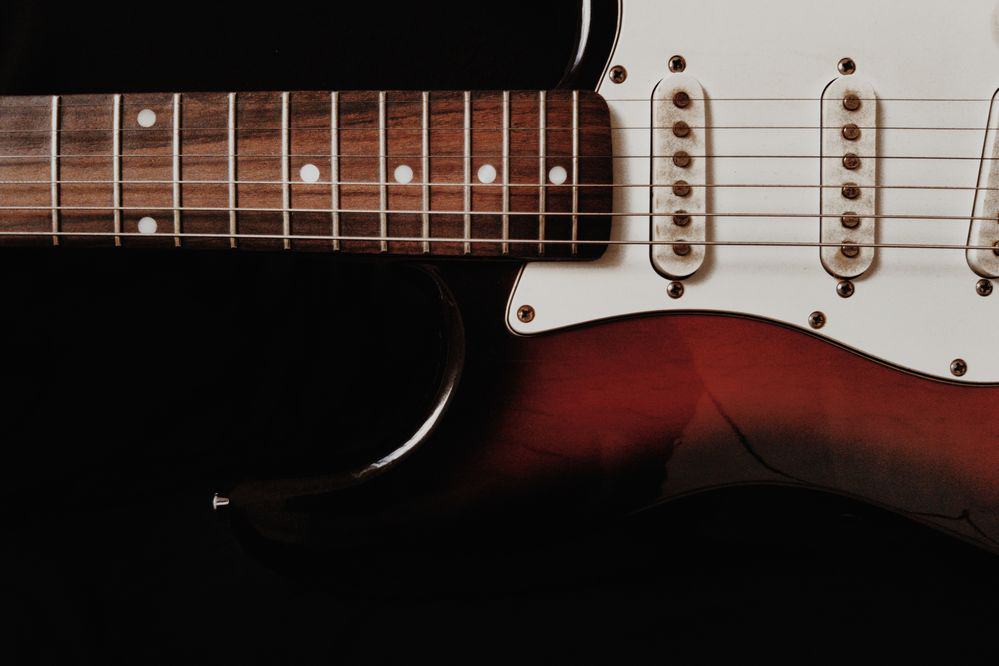

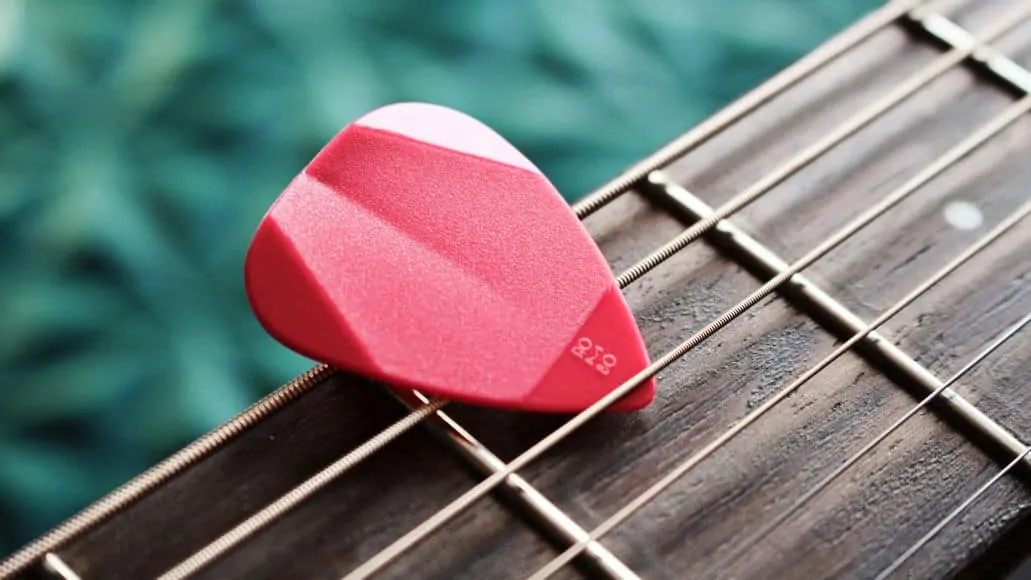
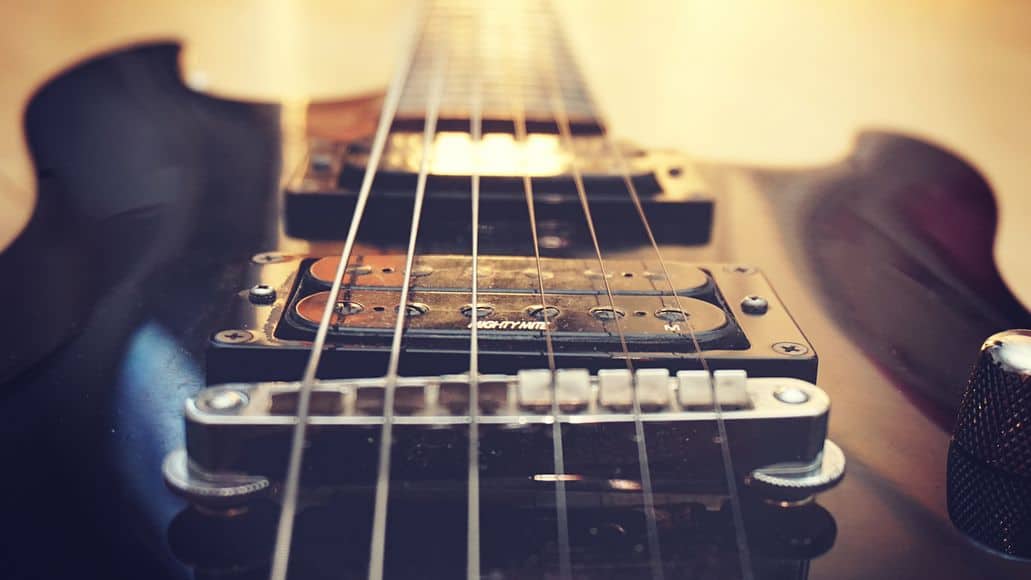
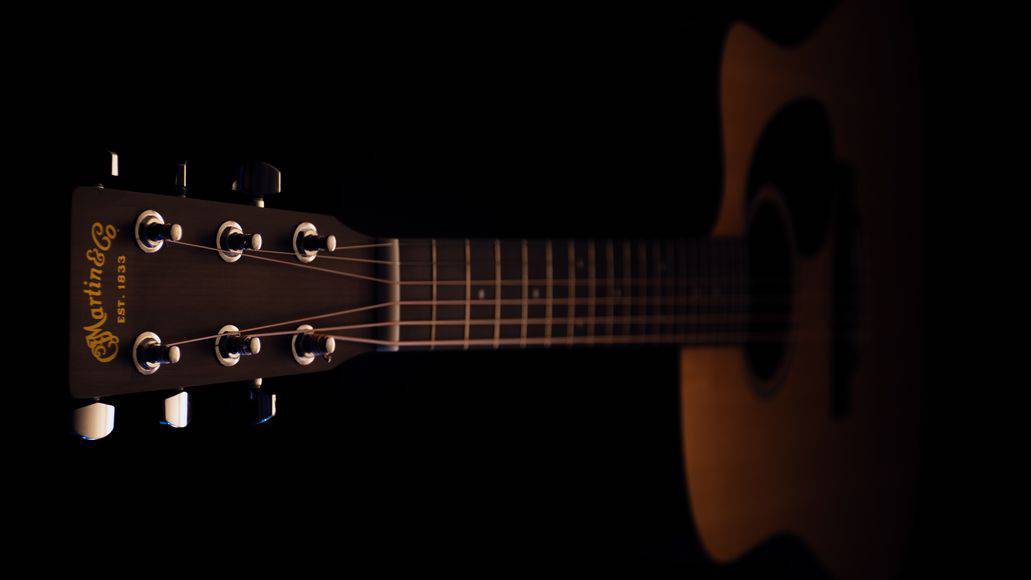
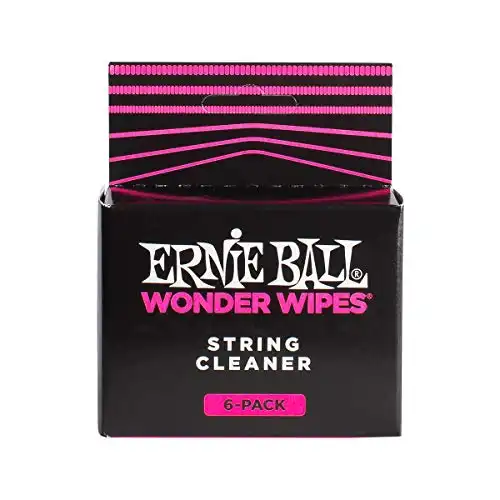

Leave a Reply